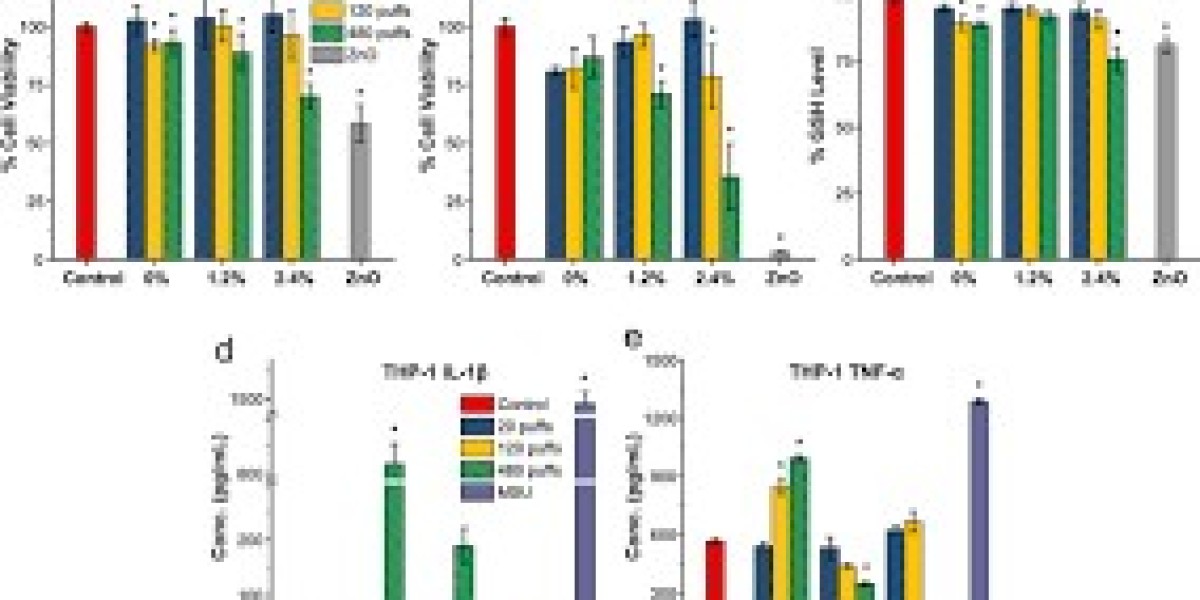A COD sensor, also known as a Chemical Oxygen Demand sensor, is a device used to measure the amount of organic pollutants or contaminants in water samples. It plays a crucial role in environmental monitoring, water quality analysis, and wastewater treatment processes. In this comprehensive discussion, we will explore the nature of a COD sensor, how it works, its applications in various industries, and the benefits of using a COD sensor in environmental monitoring and water quality analysis.
What is a COD Sensor?
Chemical Oxygen Demand (COD) is a measure of the amount of oxygen required to chemically oxidize organic compounds present in water. A A COD sensor, also known as a Chemical Oxygen Demand sensor, is a device used to measure the amount of organic pollutants or contaminants in water samples. It plays a crucial role in environmental monitoring, water quality analysis, and wastewater treatment processes. In this comprehensive discussion, we will explore the nature of a COD sensor, how it works, its applications in various industries, and the benefits of using a COD sensor in environmental monitoring and water quality analysis. is a specialized instrument that quantifies the concentration of organic pollutants in a water sample by measuring the oxygen consumed during a chemical oxidation process.
How does a COD Sensor Work?
The operation of a COD sensor typically involves the following steps:
Sample Preparation: A representative water sample is collected and prepared for analysis. It may involve filtration, dilution, or removal of interfering substances to ensure accurate results.
Chemical Oxidation: The prepared sample is mixed with a specific chemical oxidant, such as potassium dichromate (K2Cr2O7) or potassium permanganate (KMnO4). The oxidant reacts with organic compounds in the sample, causing them to oxidize and release oxygen.
Measurement of Oxygen Consumption: The COD sensor measures the amount of oxygen consumed during the oxidation process. This measurement can be conducted using various techniques, such as colorimetry, titration, or electrochemical methods. The sensor provides a quantitative value representing the COD concentration in the water sample.
Applications of COD Sensors:
Environmental Monitoring: COD sensors are extensively used in environmental monitoring programs to assess water quality, particularly in rivers, lakes, and other freshwater bodies. They help identify sources of pollution, evaluate the efficiency of wastewater treatment processes, and monitor the impact of human activities on aquatic ecosystems.
Wastewater Treatment: COD sensors play a vital role in wastewater treatment plants. They are used to monitor influent and effluent streams, allowing operators to assess the effectiveness of treatment processes and adjust them as needed. Continuous monitoring of COD levels helps optimize treatment operations, minimize the discharge of pollutants, and ensure compliance with environmental regulations.
Industrial Processes: COD sensors find applications in various industries, including food and beverage, pharmaceuticals, chemical manufacturing, and pulp and paper. They are used to monitor and control wastewater generated during production processes, enabling companies to manage their environmental impact and comply with discharge regulations.
Drinking Water Analysis: COD sensors are employed in the analysis of drinking water supplies to evaluate the presence of organic pollutants. By monitoring COD levels, water treatment authorities can ensure the safety and quality of drinking water and detect any potential contamination or sources of pollution.
Benefits of Using a COD Sensor in Environmental Monitoring and Water Quality Analysis:
Rapid Analysis: COD sensors provide relatively fast results compared to traditional laboratory methods. This allows for timely monitoring and assessment of water quality, enabling prompt decision-making and response to potential pollution events or changes in treatment processes.
High Sensitivity: COD sensors are highly sensitive to organic pollutants, enabling the detection of low levels of contamination. This sensitivity ensures accurate measurement and detection of even small changes in COD concentrations, facilitating the identification of pollution sources and the assessment of treatment efficiency.
Continuous Monitoring: COD sensors can be used for continuous monitoring, providing real-time data on water quality. This continuous monitoring capability allows for the identification of short-term fluctuations or trends in COD levels, aiding in the prompt detection of pollution incidents or process inefficiencies.
Cost-Effectiveness: The use of COD sensors can result in cost savings compared to traditional laboratory analysis. By eliminating the need for off-site testing and reducing the frequency of laboratory analysis, operational costs can be reduced, and resources can be allocated more efficiently.
Process Optimization: Continuous monitoring of COD levels enables operators to optimize wastewater treatment processes in real-time. By adjusting treatment parameters based on COD measurements, such as aeration rates, chemical dosing, or process durations, treatment plants can enhance treatment efficiency, minimize energy consumption, and reduce the discharge of pollutants.
Compliance with Regulations: COD sensors assist in ensuring compliance with environmental regulations and discharge limits. By monitoring COD levels, companies can demonstrate their commitment to environmental responsibility, avoid penalties for non-compliance, and maintain a positive reputation within their industry and community.
In conclusion, a COD sensor is a vital tool in environmental monitoring and water quality analysis. It quantifies the amount of organic pollutants present in water samples by measuring the oxygen consumed during a chemical oxidation process. COD sensors find applications in various industries, including environmental monitoring, wastewater treatment, industrial processes, and drinking water analysis. The benefits of using a COD sensor include rapid analysis, high sensitivity, continuous monitoring, cost-effectiveness, process optimization, and compliance with regulations. By employing COD sensors, water management authorities, treatment plants, and industries can effectively monitor and manage water quality, protect ecosystems, and ensure the provision of safe and clean water resources.








